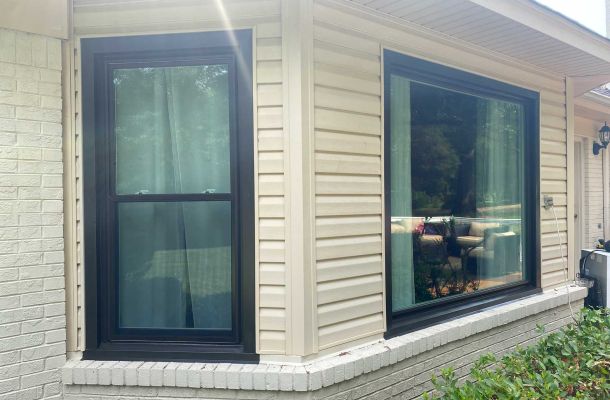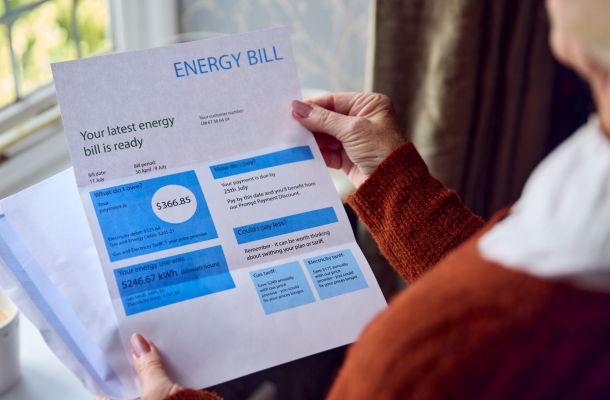Summer Energy Audit: Identifying Window and Door Weak Points in Your Home
Summer Energy Audit: Identifying Window and Door Weak Points in Your Home
When the summer sun beats down and your AC works overtime, you may wonder why your energy bills keep climbing. One of the biggest culprits? Drafty, aging windows and doors that quietly leak your cooled air right out of the house. The U.S. Department of Energy estimates that heat gain and loss through windows are responsible for 25–30% of residential heating and cooling energy use.
Before you crank up the thermostat or invest in a new HVAC system, it’s worth taking a closer look at your home’s energy performance, starting with a simple energy audit focused on your windows and doors.
In this article, we’ll guide you step-by-step on how to spot weak points, test for air leaks, and evaluate your home for heat transfer issues. Plus, we’ll share practical solutions to fix these problems—whether you’re into DIY fixes or ready to upgrade with professional replacements.
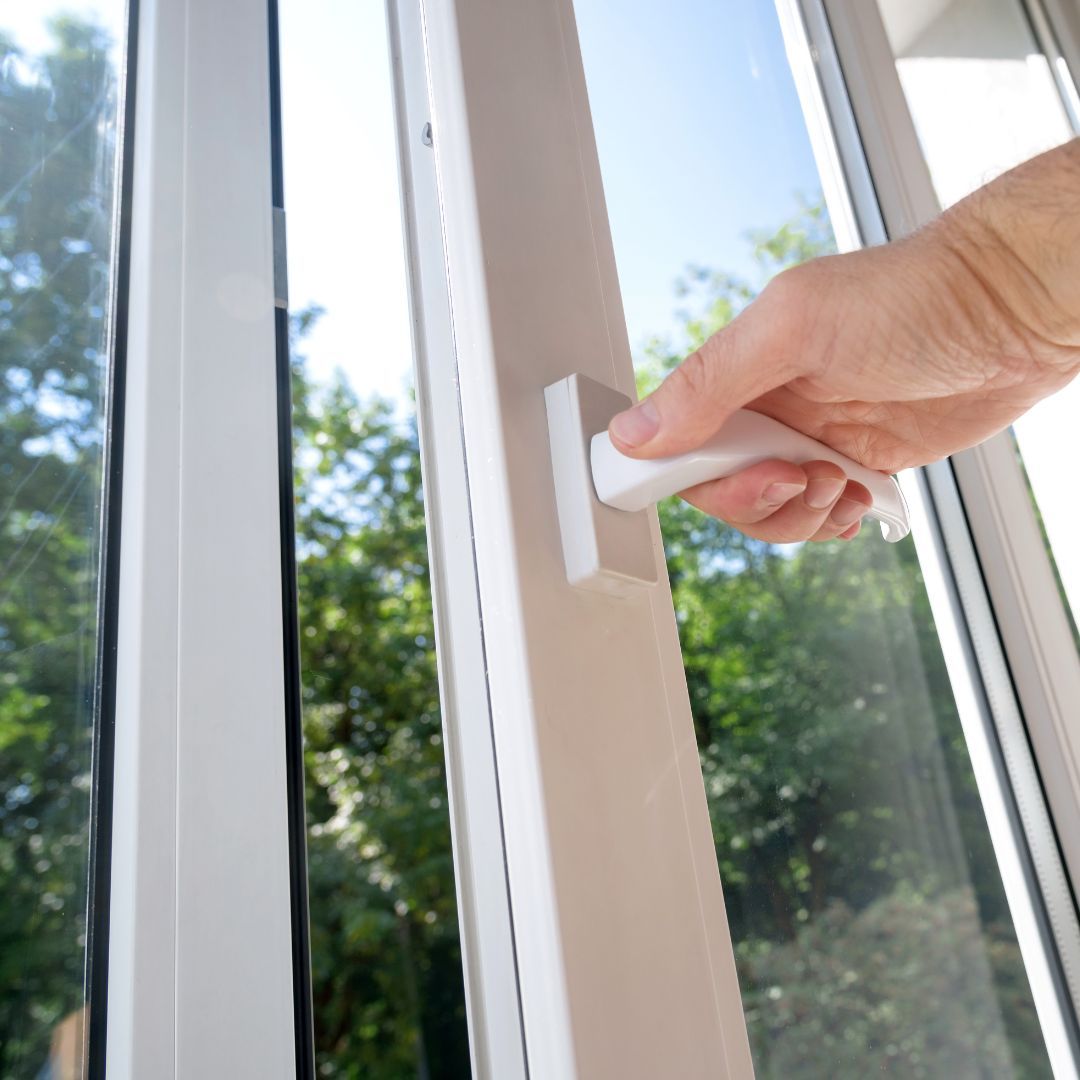
Why Focus on Windows and Doors?
Windows and doors are essential to your home’s comfort and efficiency, but they’re also major escape routes for conditioned air. Gaps, worn seals, outdated glass, and poor installation all contribute to:
-
Hot spots near windows
-
Increased humidity inside
-
Higher energy bills
-
Overworked HVAC systems
-
Reduced indoor comfort
A summer energy audit can help you pinpoint exactly where your windows and doors are failing so you can take action before the hottest days arrive.
Step 1: Visual Inspection
Start by walking from room to room and inspecting every window and exterior door. Here’s what to look for:
Around Windows:
-
Cracks or gaps in caulk around the frame
-
Discoloration or damage to the trim or sill
-
Foggy panes (a sign of broken seals in double- or triple-pane windows)
-
Warping or soft spots in wooden frames
-
Chipped or peeling paint (which may indicate water intrusion)
Around Doors:
-
Daylight visible around the edges
-
Worn weatherstripping
-
Difficulty closing or latching
-
Loose door sweeps or thresholds
-
Warping of wooden door frames or slabs
Take photos or notes so you can prioritize repairs later.
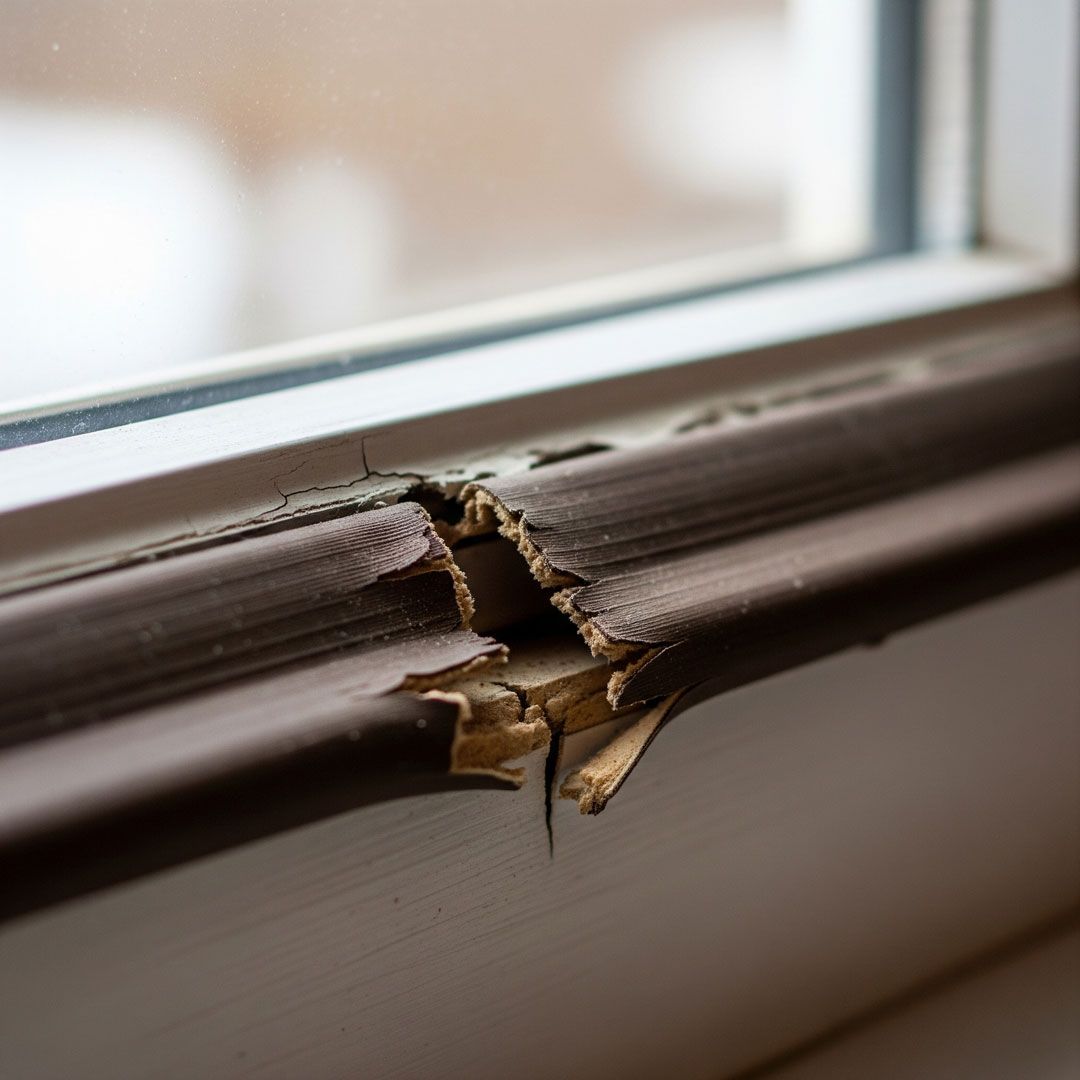
Step 2: The Hand Test
On a hot day with your AC running, slowly pass your hand around the perimeter of each window and door. Do you feel warm air seeping in? If so, that’s an indication of an air leak.
For an extra step, light an incense stick and watch the smoke as you move it near potential problem areas. If the smoke wavers or is pulled in one direction, you’ve found a leak.
Common leakage points include:
-
Corners of window frames
-
Bottom edges of doors
-
Junctions between the frame and the wall
-
Around locks and latches
Step 3: Check Weatherstripping & Seals
Most windows and doors rely on rubber or foam weatherstripping to create a tight seal when closed. Over time, this material can degrade, flatten, or come loose.
Signs your weatherstripping needs repairing:
-
Cracked or brittle rubber
-
Missing sections
-
Loose adhesive backing
-
Incomplete seals along sliding doors or double-hung windows
Also, check door sweeps—these are typically rubber flaps at the bottom of your door. If you see sunlight coming through, it’s time to replace them.
Step 4: Evaluate Heat Transfer with Infrared or Thermal Tools
If you want to get more technical, try using an infrared thermometer or thermal imaging camera (many smartphone adapters are now available for under $100). These tools can help you visually detect hot and cool spots around windows and doors.
What to look for using electronic thermal devices:
-
High contrast in temperature between the area around the frame and the wall
-
Warm panes of glass that radiate heat inside
-
Cold patches during air-conditioned hours (a sign of leakage)
This step is especially helpful in confirming whether it’s worth investing in energy-efficient replacements.
Step 5: Check Operation and Fit
Sometimes the issue isn’t just the seal—it’s the entire window or door not closing properly.
When checking for a damaged seal, ask yourself:
-
Does it stick or jam?
-
Do both sashes close tightly in double-hung windows?
-
Is there visible sagging?
-
Does the door latch securely?
Poorly operating windows and doors often lose alignment with the frame, which prevents proper sealing and invites airflow.
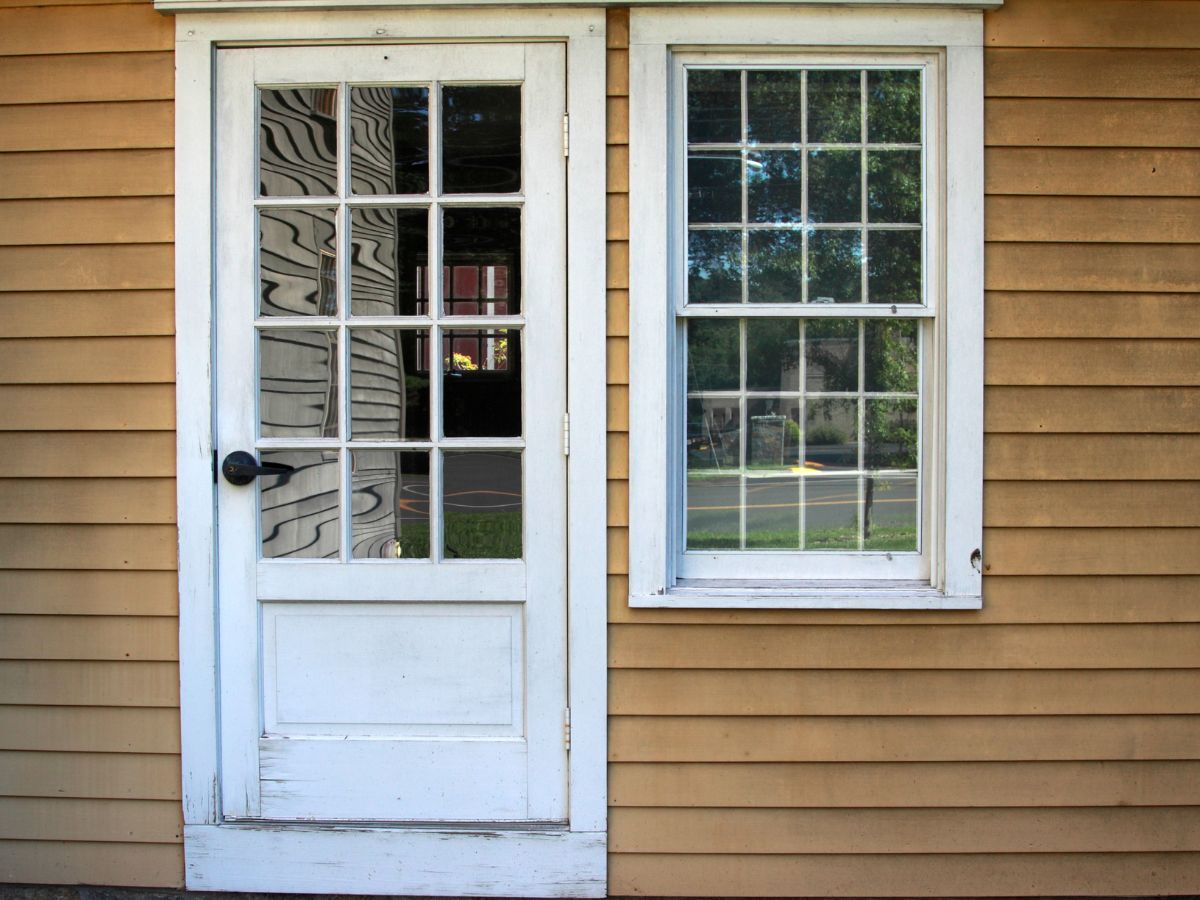
DIY Fixes to Improve Energy Efficiency
Once you’ve identified the problem areas, here are a few budget-friendly fixes you can tackle right away:
Recaulking and Sealing
Reapply exterior-grade silicone or latex caulk around window and door frames where you found cracks or gaps. This can block significant air leaks.
Replace Weatherstripping
Weatherstripping kits are widely available and inexpensive. Choose from adhesive-backed foam, rubber, or V-strip (springy plastic/metal). Make sure to clean the area before applying.
Install Door Sweeps or Draft Stoppers
Attach new door sweeps to the bottom of entry doors or place draft blockers on the inside floor edge. These can instantly stop airflow.
Hang Thermal Curtains or Shades
Layering windows with thick, light-blocking curtains or cellular shades can help reduce solar heat gain and keep rooms cooler.
When It’s Time for Replacement
Sometimes, repairs only go so far. If your windows or doors are:
-
Over 20 years old
-
Single-pane or damaged double-pane
-
Difficult to operate or visibly warped
-
Allowing moisture or pests indoors
-
Failing to reduce your energy bills
If any of these problems exist, then it may be time to consider full replacement.
Benefits of New Energy-Efficient Windows and Doors:
-
Double- or triple-pane glass with Low-E coatings
-
Improved insulation with argon gas between panes
-
Stronger, more durable frames
-
Modern weatherproofing and locking systems
-
Immediate ROI through lower monthly utility bills
-
Increased home value and better curb appeal
At MidSouth Window Medic, we offer free consultations to assess your needs and recommend replacement options that suit your home, budget, and energy goals.
Final Thoughts: Small Steps, Big Savings
Summer is the perfect season to get ahead of your energy bills by addressing problem areas before the heat peaks. Whether you’re sealing a few gaps or scheduling a full window and door replacement, taking these proactive steps can significantly improve your home’s comfort, efficiency, and value.
Want a professional assessment of your home’s energy performance?
Contact Window Medic and schedule your free consultation today. Let’s identify your weak points—and turn them into strong ones.
